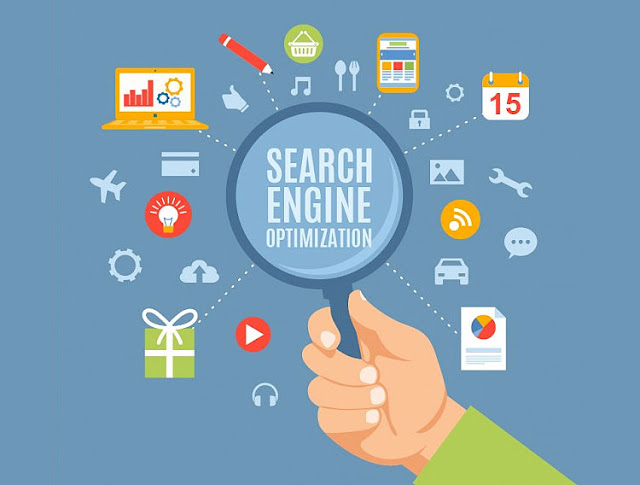 |
| eCommerce Conversion Rate Tips and Tricks |
The ultimate goal of any online business is to have a great conversion rate. That means to get as many of your visitors to complete a desired action on the website. For example, for online stores, that means to get more people to complete a transaction. That is how you measure the efficacy of conversion marketing.
As an example, if a customer decides to abandon their online shopping cart, the seller would often make some special offers include a discount code or free shipping in order to convert that visitor into a paying customer. Or perhaps the company would try to recover this visitor through another online engagement method, such as reminding her via email or even using a proactive chat to help the customer through the purchase process.
As an online business, this is a long-term investment that you can make to improve your online customer service channels, your site flow, and the entire customer experience.
Additional tips to increase your conversion rates are to keep your homepage simple and the website navigation user-friendly. If you make sure that the structure and the site navigation can be used with minimal effort, you are already doing a great job. Naturally, placing a discount code or two on the homepage itself could also significantly increase your conversion rate.
When a visitor decides to look at the details of a certain item or a certain service that you offer on your website, another great method for increasing your conversion rate is to generate some user reviews of the product or the service that you are selling.
This means that after a customer receives their item or service, they should be able to provide feedback, both on your website and on the purchase that they’ve made. They can write about the quality of the purchase, their shipping experience, the way product that was advertised beforehand and anything else they’d like to include. Then, when another person visits your website and is interested in the same product or service but is not sure whether to make the same purchase, she is going to be convinced by that review that your previous customer left.
Two other extremely important tips to include in your website are a PayPal button and the feature to have customers checkout as guests.
The first one is going to increase your mobile conversions by up to 34% because most of the world uses PayPal already, and the transactions via PayPal are simple and confidential. This also means buyers won’t have to go looking for their credit card and then go through the hassle of inputting all their information to make said purchase. Because if they’re buying something on impulse, research shows that they are likely to change their mind if they have additional steps that they need to do before they finalize their transaction, which results in your business losing a customer. The same idea goes behind allowing people to check out as guests.
See the infographic below for more tips and tricks on how to increase your business’ conversion rate.

Infographic URL: https://websitebuilder.org/resources/conversion-rate-Optimization-Hacks




























